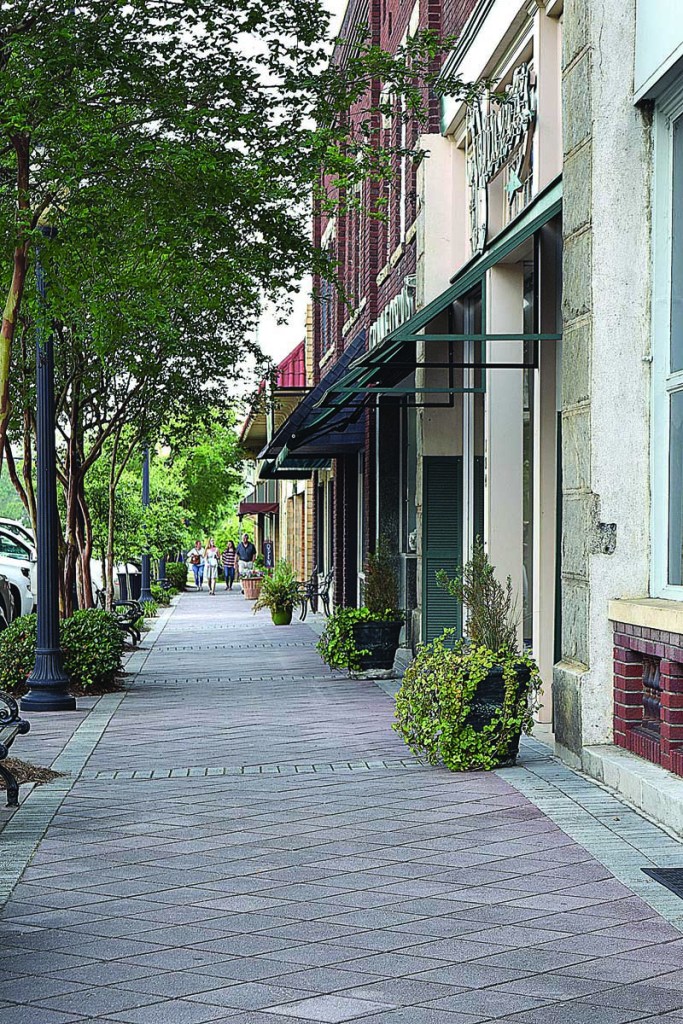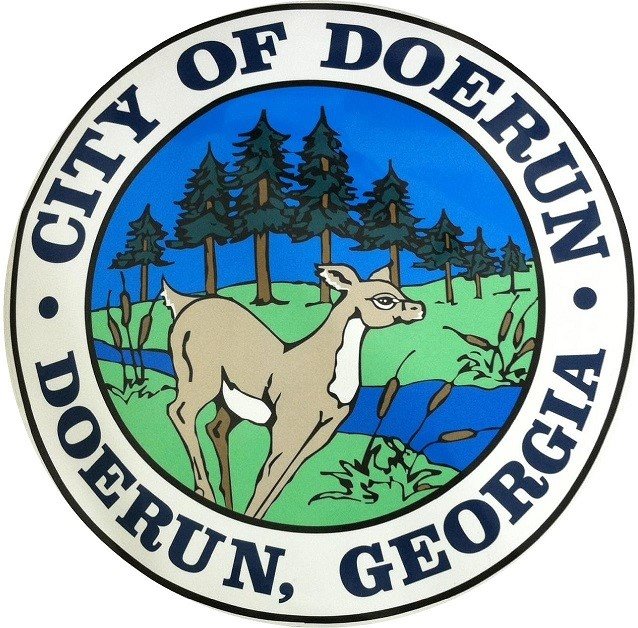Peer Cities: Where is Moultrie’s twin?
Published 4:00 am Sunday, February 24, 2019

- Moultrie’s downtown features very traditional architecture, as shown by this photo taken on South Main Street. Similar buildings can be seen in the downtown of Waycross, which shares many other similarities with Moultrie.
Editor’s note: The SunLight Project set out to find peer cities for each of the main cities in our coverage areas. The Moultrie Observer found several similarities between our hometown and Waycross in Ware County.
MOULTRIE, Ga. — For Waycross, its role as a hub — the largest CSX computerized rail yard on the East Coast — is well established. In Moultrie, a medical school under construction to train a new generation of doctors is a coming thing but one that looks to give it a future regional role and make it a hub in the education of future physicians.
For Moultrians Waycross is more of a place to pass through on the way to the Savannah area, but if they bothered to venture into the city they would find some similarities. Some of the downtown businesses’ architecture bears more than a passing resemblance to downtown Moultrie. Red brick buildings bear colorful awnings.
And both cities take pride in their downtown history.
Both have a fair number of antique stores. In Moultrie the nod to the antique business was a conscious effort.
“Some of our downtown businesses are antique shops, (but) it just happened that way,” said Waycross Main Street Manager Peggy Grady.
Waycross is known more as the “gateway to the Okefenokee,” she said.
Colquitt County has its own claim to swamp habitat, the Doerun Picherplant Bog Wildlife Management Area, though it is dimunitive by comparison with the 684-square-mile Okefenokee Swamp from which the Ware County High School’s alligator mascot name originates.
When it comes to their respective names, both started out with different monikers: Moultrie was known as Ochlockoney prior to its incorporation on Dec. 13, 1859, at which time it was named for Gen. William Moultrie, a hero of the American Revolution and later two-term governor of South Carolina.
The current city of Waycross was known as Pendleton, renamed Tebeauville in 1857, and then incorporated as “Way Cross” in 1874. Lore has it that the name originated from it being “the crossing of the ways” for the rail traffic that meets there from different directions or “the way of the cross” due to the number of churches built there during its early days.
In terms of demographics the two cities, separated by about 100 miles in driving distance, also share some similarities. The U.S. Census Bureau estimated Moultrie’s 2017 population of Moultrie at 14,160 and that of Waycross at 13,876; both actually saw a population decline from the 2010 Census — 0.8 percent and 5.3 percent, respectively.
Both also have significant non-white populations: Moultrie had an estimated African-American population of 48.8 percent in 2017 and 15.4 percent Hispanic or Latino, according to Census estimates. Waycross had an African American population of 54.2 percent and Hispanic or Latino population of 6.1 percent.
Most people in Moultrie probably think of closer cities such as Thomasville and Tifton in terms of sizing up the competition. That applies to both football rivalries as well as in terms of competing for industrial development projects.
Greg Icard, interim president of the Moultrie-Colquitt County Development Authority, said he would add Valdosta into that mix, even though it is considerably larger. Colquitt County actually has a larger population than Thomas or Tift counties, he added.
Albany and Bainbridge are other cities that Icard said he sometimes considers as points of comparison.
Moultrie is conveniently located centered among those cities, Icard said, and it is likely that when a company is looking at Moultrie as a potential site it also is looking at one or more of the others.
Agriculture is a major driver of the county’s economy, he said.
Colquitt County is the top state producer of a number of fruit and vegetable crops and in the top two or three in even more. It also is the home of large agriculture-related companies, chicken processor Sanderson Farms Inc. and beef processing company National Beef.
The opening of the Philadelphia College of Medicine in August with its first class of 55 medical students looks to be a game-changer for the community, Icard said.
There is no doubt it offers significant diversity for a county known for agriculture.
Having a mix is what makes any community attractive, Icard said.
“You want retail growth, you want downtown growth, you want industrial growth,” he said. “It’s all intertwined. It all has a long-term impact on the economy as a whole.”





